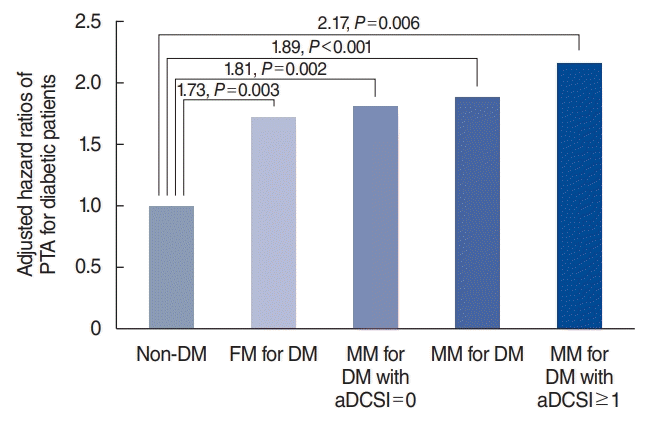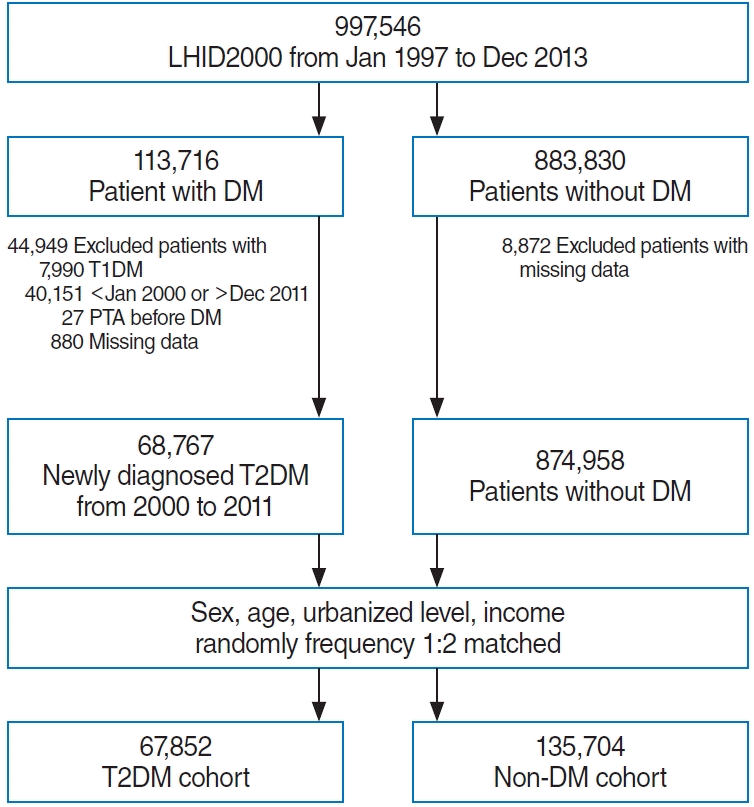1. Klug TE, Rusan M, Fuursted K, Ovesen T. Peritonsillar abscess: complication of acute tonsillitis or Weber’s glands infection. Otolaryngol Head Neck Surg. 2016; Aug. 155(2):199–207.
2. Galioto NJ. Peritonsillar abscess. Am Fam Physician. 2017; Apr. 95(8):501–6.
3. Powell J, Wilson JA. An evidence-based review of peritonsillar abscess. Clin Otolaryngol. 2012; Apr. 37(2):136–45.

4. Chang GH, Ding MC, Chen YC, Yang YH, Liu CY, Chang PJ, et al. Real-world evidence for increased deep neck infection risk in patients with rheumatoid arthritis. Laryngoscope. 2020; Jun. 130(6):1402–7.

5. Tsai MS, Chang GH, Chen WM, Liu CY, Lin MH, Chang PJ, et al. The association between decompensated liver cirrhosis and deep neck infection: real-world evidence. Int J Environ Res Public Health. 2019; Oct. 16(20):3863.

6. Ridder GJ, Technau-Ihling K, Sander A, Boedeker CC. Spectrum and management of deep neck space infections: an 8-year experience of 234 cases. Otolaryngol Head Neck Surg. 2005; Nov. 133(5):709–14.
7. Huang TT, Liu TC, Chen PR, Tseng FY, Yeh TH, Chen YS. Deep neck infection: analysis of 185 cases. Head Neck. 2004; Oct. 26(10):854–60.

8. Huang TT, Tseng FY, Liu TC, Hsu CJ, Chen YS. Deep neck infection in diabetic patients: comparison of clinical picture and outcomes with nondiabetic patients. Otolaryngol Head Neck Surg. 2005; Jun. 132(6):943–7.

9. Chang GH, Ding MC, Yang YH, Lin YH, Liu CY, Lin MH, et al. High risk of deep neck infection in patients with type 1 diabetes mellitus: a nationwide population-based cohort study. J Clin Med. 2018; Oct. 7(11):385.

10. Chang GH, Chen YC, Lin KM, Yang YH, Liu CY, Lin MH, et al. Realworld database examining the association between Sjogren’s syndrome and chronic rhinosinusitis. J Clin Med. 2019; Jan. 8(2):155.
11. Tsai YT, Huang EI, Chang GH, Tsai MS, Hsu CM, Yang YH, et al. Risk of acute epiglottitis in patients with preexisting diabetes mellitus: a population-based case-control study. PLoS One. 2018; Jun. 13(6):e0199036.

12. Chang GH, Su YC, Lin KM, Liu CY, Yang YH, Chang PJ, et al. Deep neck infection in systemic lupus erythematosus patients: real-world evidence. Sci Rep. 2020; Mar. 10(1):4133.

13. Chang GH, Tsai MS, Liu CY, Lin MH, Tsai YT, Hsu CM, et al. End-stage renal disease: a risk factor of deep neck infection: a nationwide follow-up study in Taiwan. BMC Infect Dis. 2017; Jun. 17(1):424.

14. Tsai MS, Li HY, Huang CG, Wang RY, Chuang LP, Chen NH, et al. Risk of Alzheimer’s disease in obstructive sleep apnea patients with or without treatment: real-world evidence. Laryngoscope. 2020; Sep. 130(9):2292–8.

15. Chang HY, Weiner JP, Richards TM, Bleich SN, Segal JB. Validating the adapted Diabetes Complications Severity Index in claims data. Am J Manag Care. 2012; Nov. 18(11):721–6.
16. Chen HL, Hsiao FY. Risk of hospitalization and healthcare cost associated with Diabetes Complication Severity Index in Taiwan’s National Health Insurance Research Database. J Diabetes Complications. 2014; Sep-Oct. 28(5):612–6.

17. Ministry of Health. 2017 Annual report or health promotion administration. Taipei City: Taiwan Ministry of Health and Welfare;2017.
18. Geerlings SE, Hoepelman AI. Immune dysfunction in patients with diabetes mellitus (DM). FEMS Immunol Med Microbiol. 1999; Dec. 26(3-4):259–65.

19. Zhou T, Hu Z, Yang S, Sun L, Yu Z, Wang G. Role of adaptive and innate immunity in type 2 diabetes mellitus. J Diabetes Res. 2018; Nov. 2018:7457269.

20. Ostergaard L, Mogensen UM, Bundgaard JS, Dahl A, Wang A, TorpPedersen C, et al. Duration and complications of diabetes mellitus and the associated risk of infective endocarditis. Int J Cardiol. 2019; Mar. 278:280–4.
21. Ito H, Ishida H, Takeuchi Y, Antoku S, Abe M, Mifune M, et al. Longterm effect of metformin on blood glucose control in non-obese patients with type 2 diabetes mellitus. Nutr Metab (Lond). 2010; Nov. 7:83.

22. Doggrell SA, Warot S. The association between the measurement of adherence to anti-diabetes medicine and the HbA1c. Int J Clin Pharm. 2014; Jun. 36(3):488–97.

23. Dandona P. Minimizing glycemic fluctuations in patients with type 2 diabetes: approaches and importance. Diabetes Technol Ther. 2017; Sep. 19(9):498–506.

24. Herzon FS. Harris P. Mosher Award thesis. Peritonsillar abscess: incidence, current management practices, and a proposal for treatment guidelines. Laryngoscope. 1995; Aug. 105(8 Pt 3 Suppl 74):1–17.
25. Sowerby LJ, Hussain Z, Husein M. The epidemiology, antibiotic resistance and post-discharge course of peritonsillar abscesses in London, Ontario. J Otolaryngol Head Neck Surg. 2013; Jan. 42(1):5.

26. Hanna BC, McMullan R, Gallagher G, Hedderwick S. The epidemiology of peritonsillar abscess disease in Northern Ireland. J Infect. 2006; Apr. 52(4):247–53.

27. Marom T, Cinamon U, Itskoviz D, Roth Y. Changing trends of peritonsillar abscess. Am J Otolaryngol. 2010; May-Jun. 31(3):162–7.

28. Qureshi HA, Ference EH, Tan BK, Chandra RK, Kern RC, Smith SS. National trends in retropharyngeal abscess among adult inpatients with peritonsillar abscess. Otolaryngol Head Neck Surg. 2015; Apr. 152(4):661–6.

29. Wang YP, Wang MC, Lin HC, Chou P. The impact of prior tonsillitis and treatment modality on the recurrence of peritonsillar abscess: a nationwide cohort study. PLoS One. 2014; Oct. 9(10):e109887.

30. Chung JH, Lee YC, Shin SY, Eun YG. Risk factors for recurrence of peritonsillar abscess. J Laryngol Otol. 2014; Dec. 128(12):1084–8.







 PDF
PDF Citation
Citation Print
Print




 XML Download
XML Download